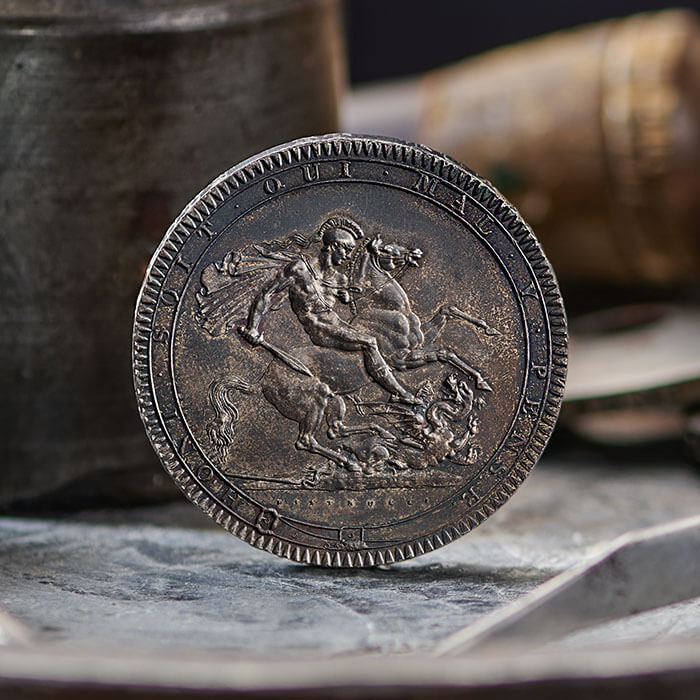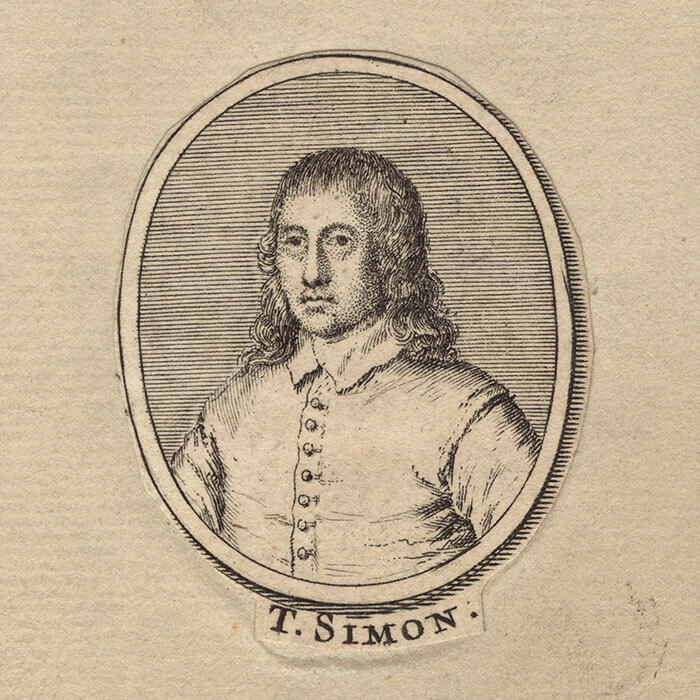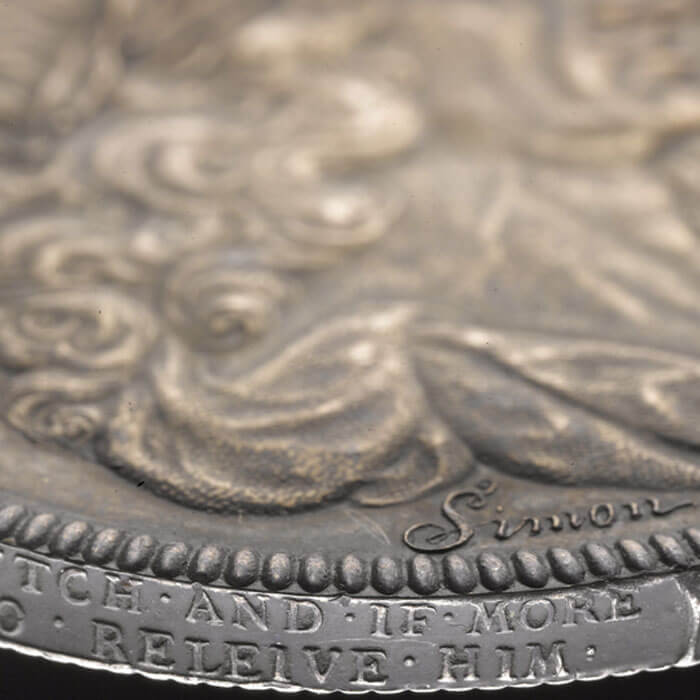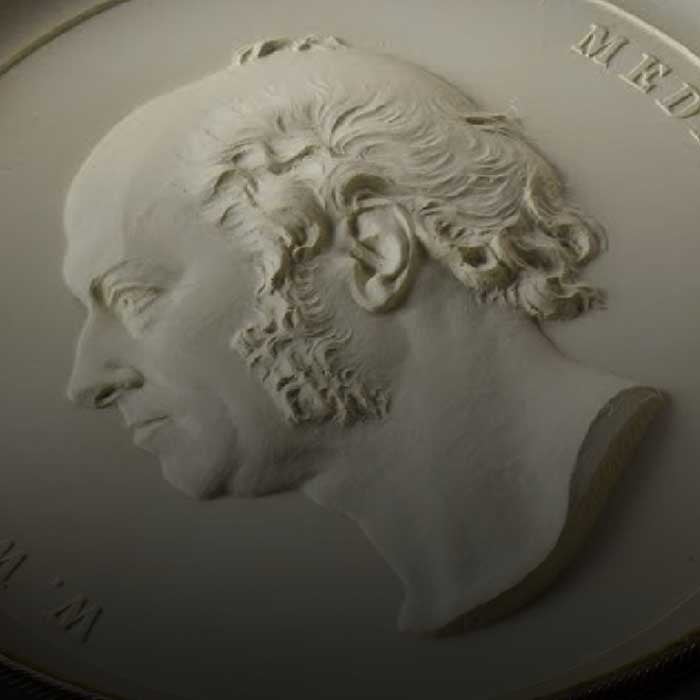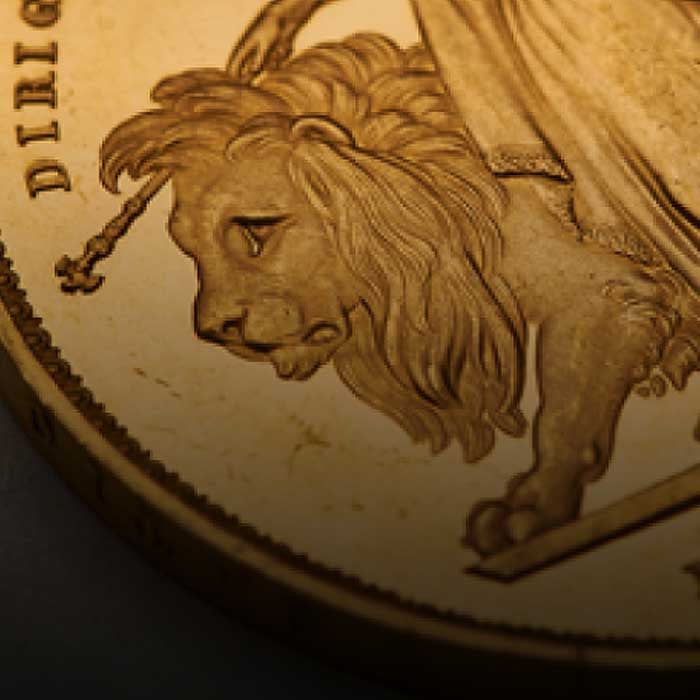Born in Rome in 1783, Benedetto Pistrucci is arguably the most mercurial engraver to ever work at The Royal Mint. Already a skilled gem engraver with a considerable reputation, Pistrucci had been in France during the final days of Napoleon’s regime and it may well be that William Wellesley Pole, Master of the Mint, was amongst those who persuaded him to come to England soon after the Battle of Waterloo in 1815.

An Iconic Design
Pistrucci was quickly commissioned to provide portrait models of George III for the new gold and silver coins planned for issue in 1817. At first, he was unable to engrave these models directly into steel, a task entrusted to The Royal Mint’s own engravers. However, Pistrucci was unhappy with the result and mastered the technique for himself, so that when he produced his classic St George and the dragon for the new Sovereigns of 1817, the design was entirely his own. Still used extensively today, this motif has enjoyed remarkable longevity and ensured the survival of Pistrucci’s name and reputation. It is perhaps appreciated more now than in 1817, although when its use was extended in 1818 to the new crown, it produced a coin that Dominique Vivant Denon, a shrewd contemporary judge, French artist and museum official, described as ‘the handsomest coin in Europe’.
Chief Medallist
Despite his talent, Pistrucci’s nationality meant he could not be appointed Chief Engraver, as much as he desired the post and the financial security of a good salary. Nevertheless, he remained employed by The Royal Mint in a lesser capacity and in 1820 engraved a skilful, if unflattering, portrait for the first coins of George IV. This was followed by the official Coronation medals of 1821, but shortly afterwards he declined to copy a bust of the king by the sculptor Francis Chantrey. Such high-handed behaviour effectively ended his contribution to the coinage but he remained occasionally involved with medals; in 1828, the post of Chief Medallist was specially created for him. However, his official medallic output was meagre, and his portrait of the young Queen Victoria on her Coronation medals of 1838 was not to everyone’s taste.

Strained Relations
Relations between Pistrucci and The Royal Mint were often strained. The problem went beyond his fiery temperament and bitterness at not being appointed Chief Engraver. There was also the long-standing difficulty caused by a large commemorative medal for the Battle of Waterloo, officially commissioned from Pistrucci for presentation to the allied sovereigns, who had been victorious in defeating Napoleon, and among others. Pistrucci had conceived the medal on the grandest scale and his progress was slow – deliberately so, since he feared The Royal Mint would sever its association with him as soon as he handed over the dies because of his obstinate behaviour.

The work dragged on and, having invested so much money in the ‘coming wonder’, successive Masters of the Mint felt obliged to encourage Pistrucci to complete the dies. Years passed and, eventually, in 1849, Pistrucci handed over the finished dies. Unfortunately, they were so large, they could not be hardened, and the outcome of a project spanning 30 years was that no medals could be struck. The dies survive and undoubtedly represent a triumph of medallic art and a masterpiece of engraving skill.
On their completion, Pistrucci’s association with The Royal Mint finally came to an end, and he died six years later at Englefield Green, near Windsor.

Artistic Rivals
Pistrucci’s career coincided with that of another great engraver, William Wyon. As two very different characters, each man strove to outdo the other, resulting in a golden age for The Royal Mint. The depth of their rivalry was apparent when Wyon was finally promoted to Chief Engraver in 1828. Despite The Royal Mint making Pistrucci Chief Medallist in a bid to placate him, he railed against Wyon’s appointment publicly through the newspapers, maintaining that he should have been chosen for the role.


